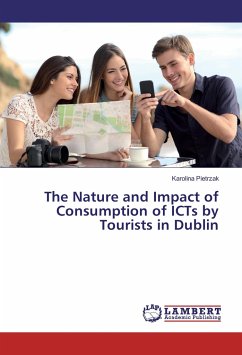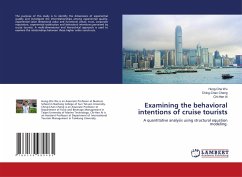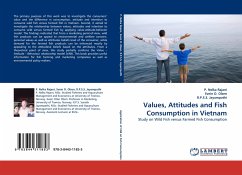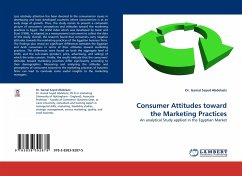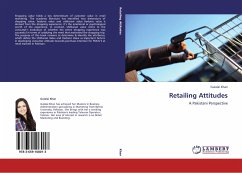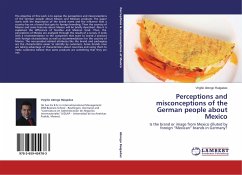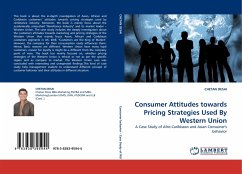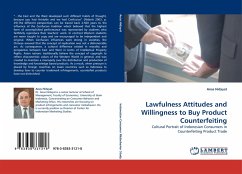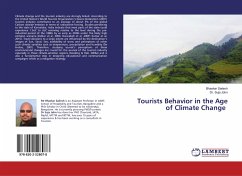
Tourists Behavior in the Age of Climate Change
Versandkostenfrei!
Versandfertig in 6-10 Tagen
36,99 €
inkl. MwSt.

PAYBACK Punkte
18 °P sammeln!
Climate change and the tourism industry are strongly linked. According to the United Nation's World Tourism Organization's Davos Declaration (2007) tourism industry contributes to an average of about 5% of the global Carbon dioxide emission in terms of radioactive forcing. Studies pertaining to the state of Karnataka, India indicate that most parts of the state could experience 1.5oC to 2oC warming relative to the level during the pre-industrial period of the 1880s by as early as 2030s under the likely high emission scenario (Kelkar et al, 2004; Dwarakish et al, 2009'; Kumar et al, 2015). Trav...
Climate change and the tourism industry are strongly linked. According to the United Nation's World Tourism Organization's Davos Declaration (2007) tourism industry contributes to an average of about 5% of the global Carbon dioxide emission in terms of radioactive forcing. Studies pertaining to the state of Karnataka, India indicate that most parts of the state could experience 1.5oC to 2oC warming relative to the level during the pre-industrial period of the 1880s by as early as 2030s under the likely high emission scenario (Kelkar et al, 2004; Dwarakish et al, 2009'; Kumar et al, 2015). Travel decisions to a large extent are influenced by the destination's images of Sun, Sand, Sea, availability of snow and perceptions of other such climatic variables such as temperature, precipitation and humidity (De Freitas, 2001). Therefore, studying tourist's perceptions of these environmental changes are crucial for the survival of the tourism industry especially in these climate-sensitiveregions (Gossling & Hall, 2006a) and is also a fundamental step in designing educational and communication campaigns which as a mitigation strategy.



